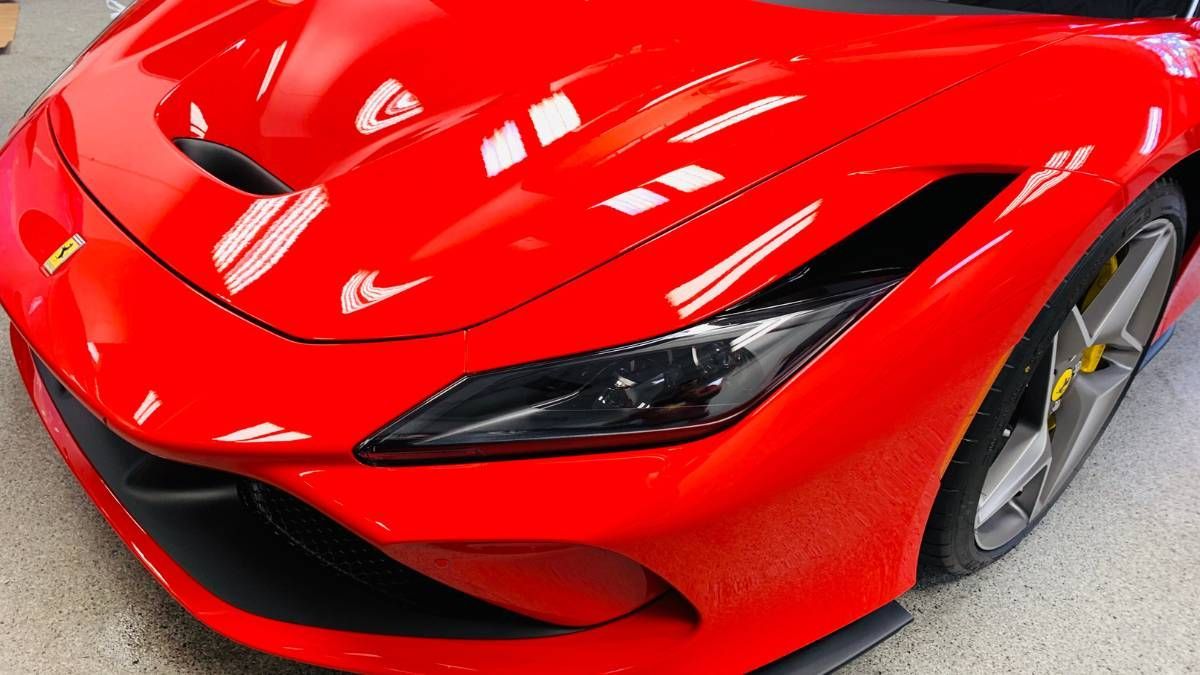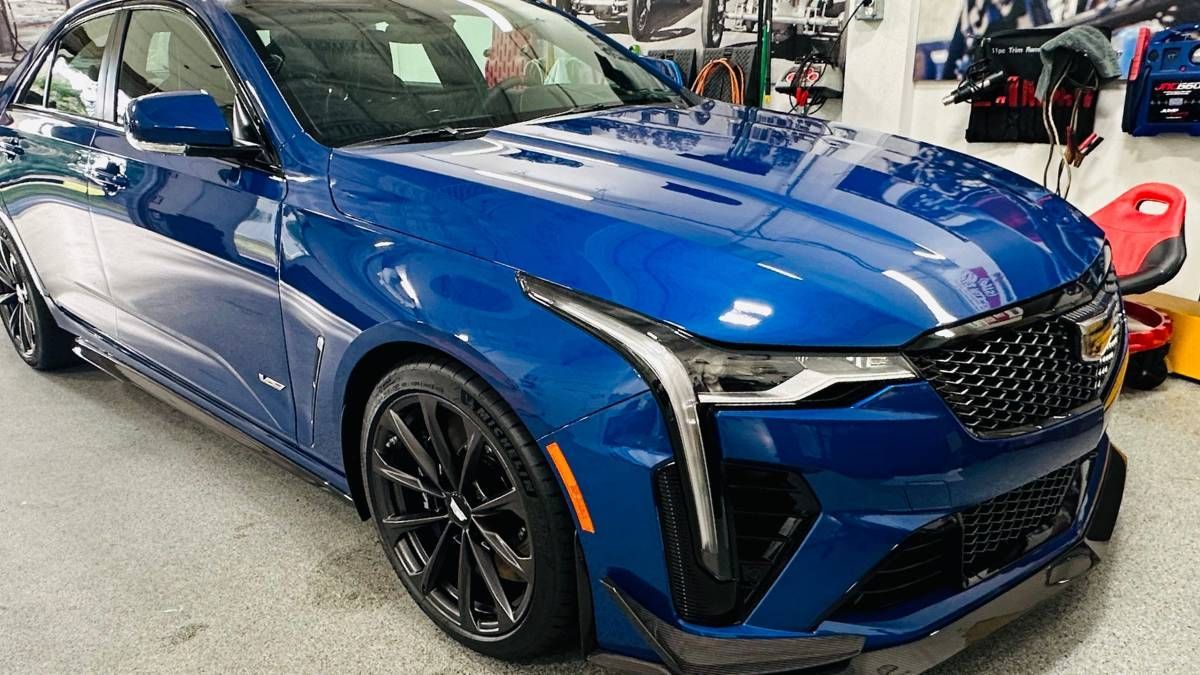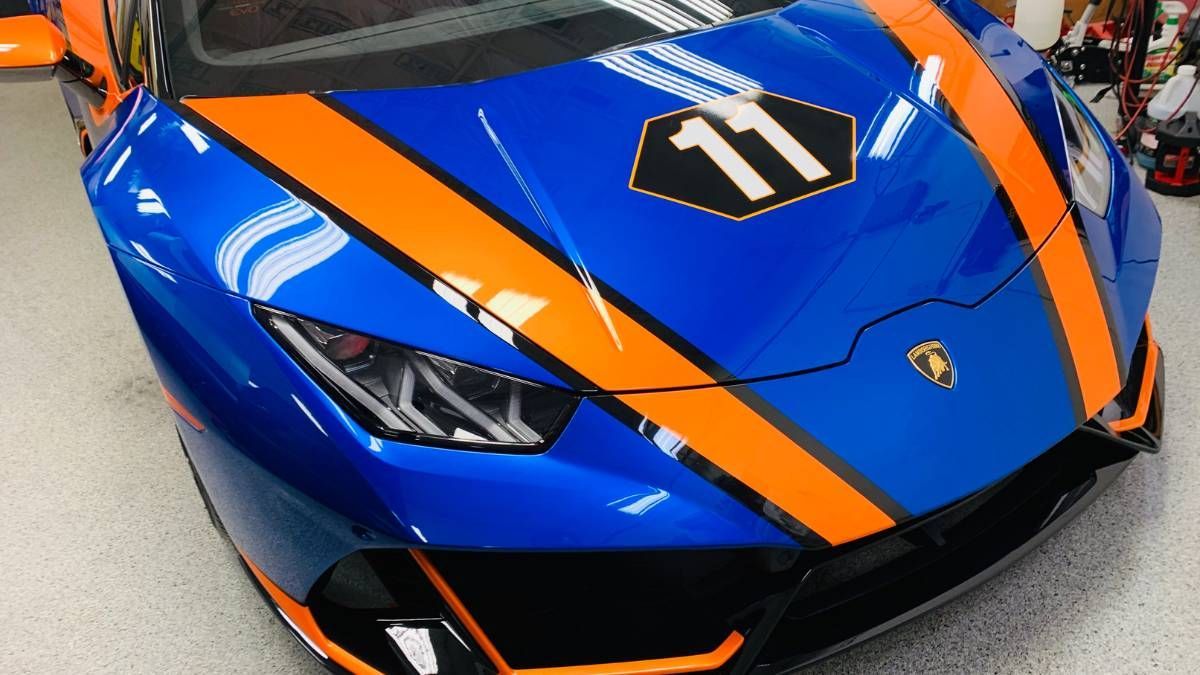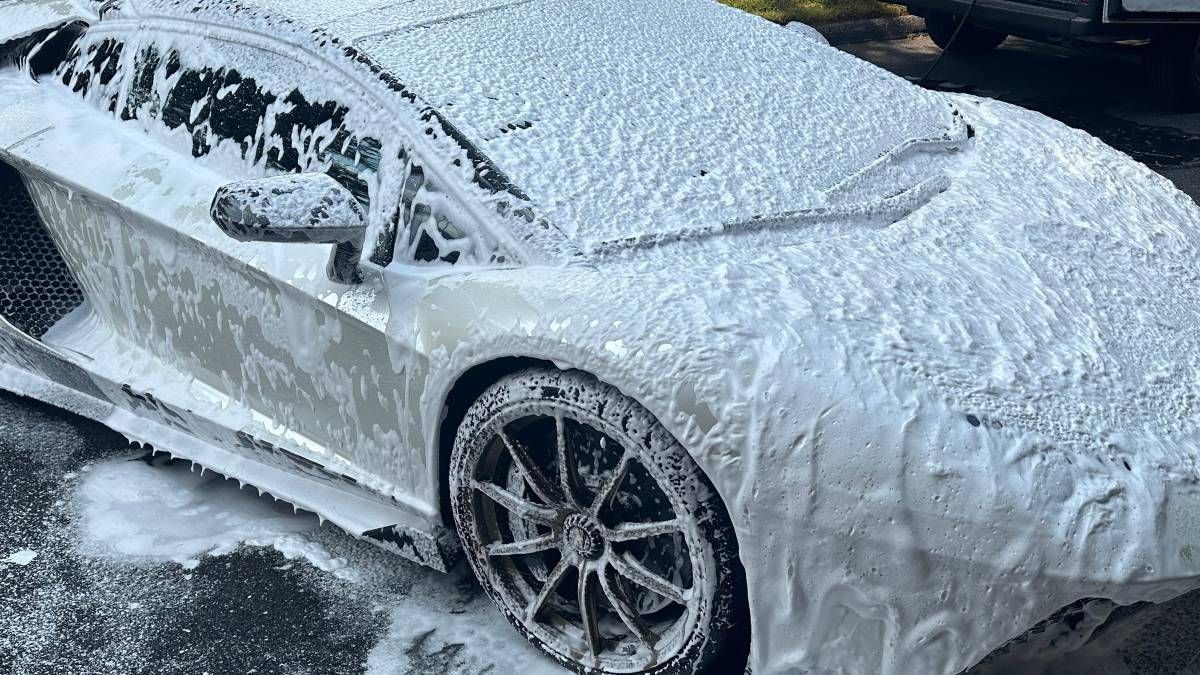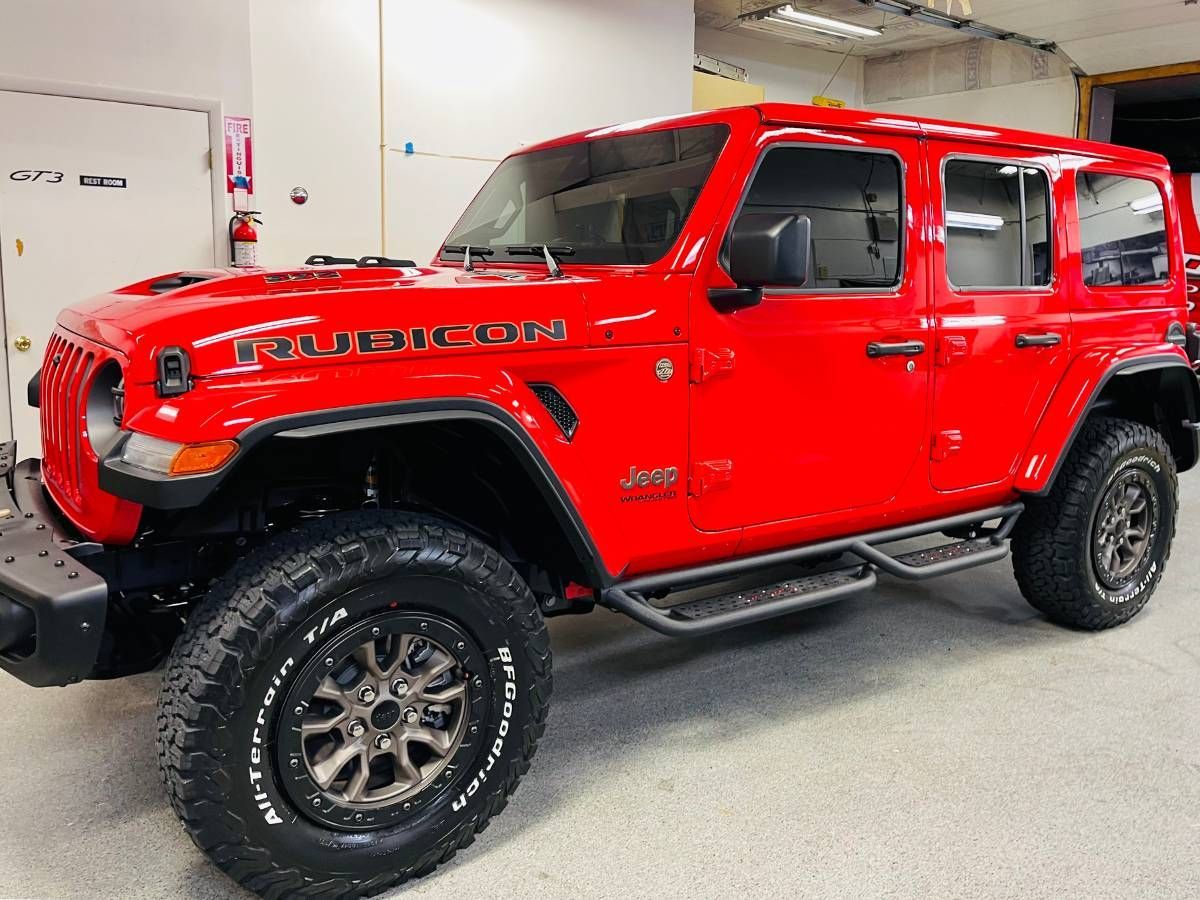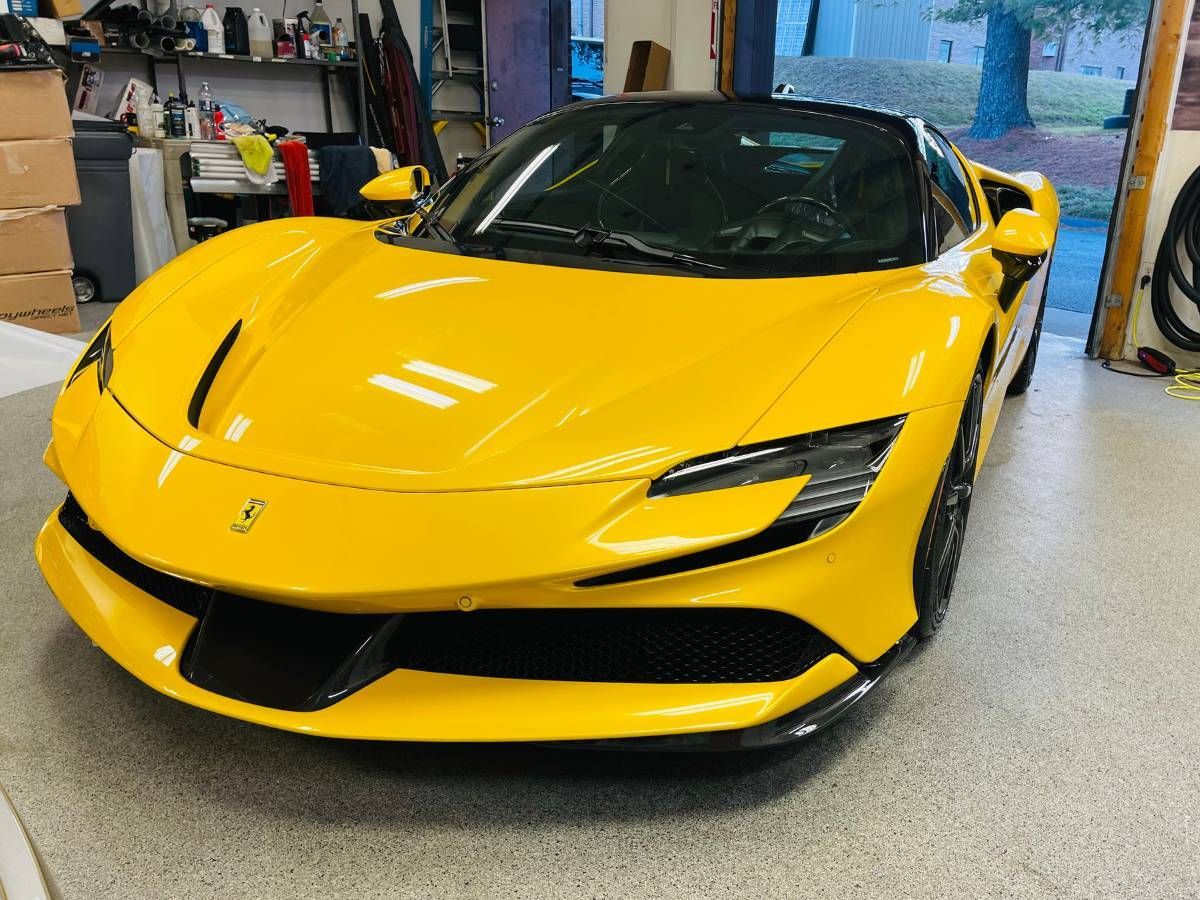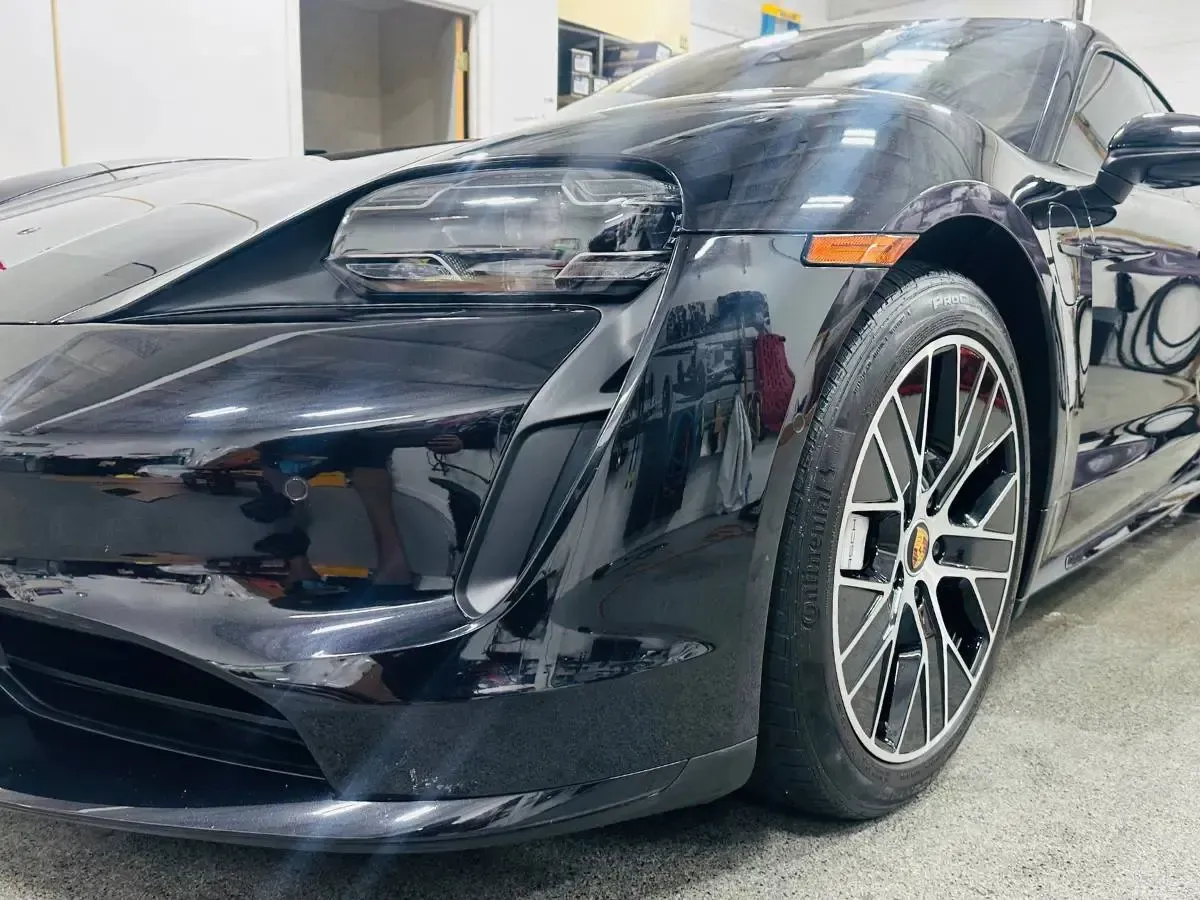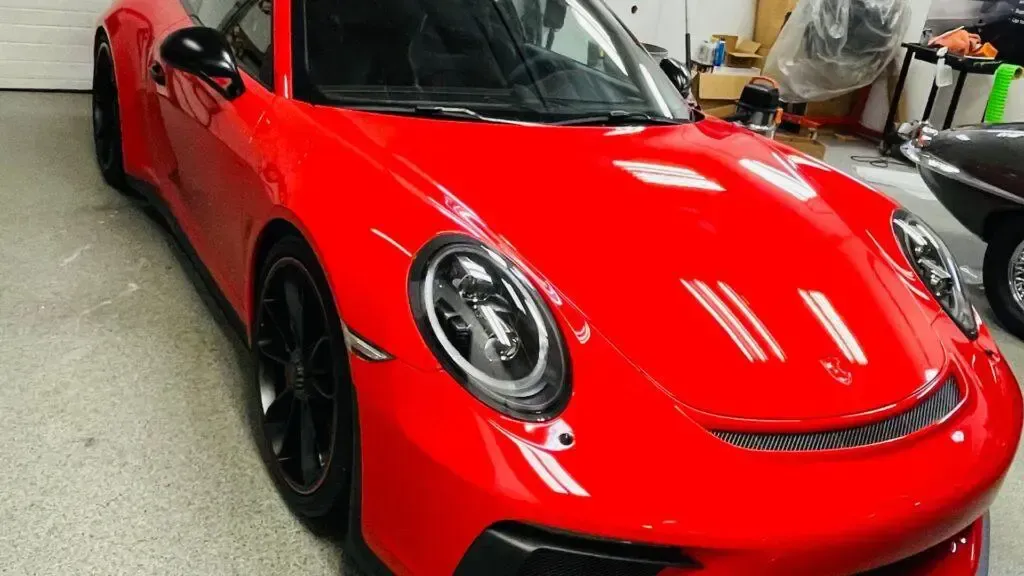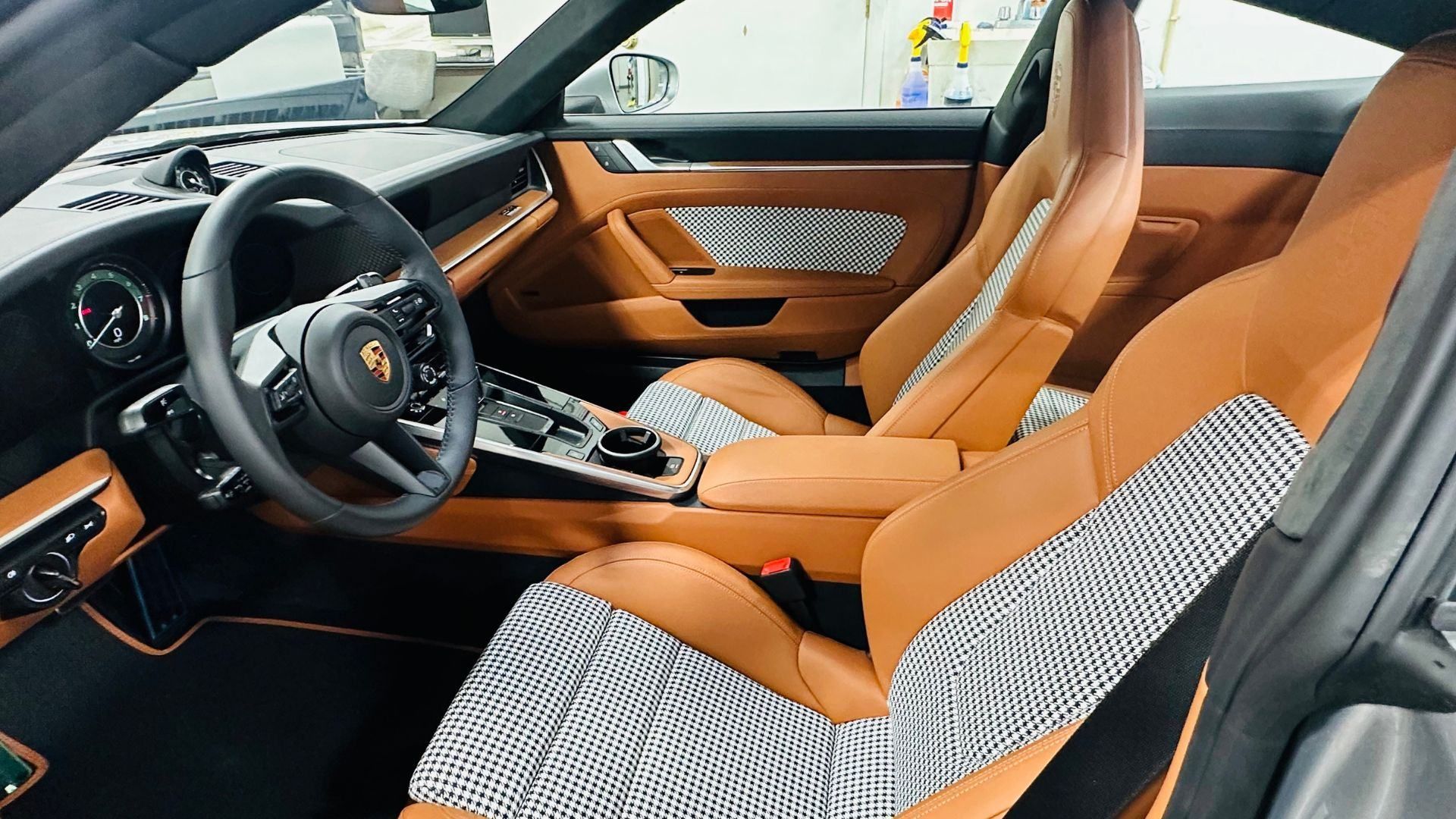Ceramic coatings have become prominent as automotive enthusiasts seek to fortify their prized possessions against the elements. However, a lingering question often perplexes car owners: Will ceramic coating cure in cold weather?
In this comprehensive guide, the seasoned team at Stotties Auto Detailing in Ellicott City, MD, unravels the complexities of ceramic coating applications in colder temperatures, offering valuable insights for navigating the challenges of chilly seasons.

WHEN IS THE BEST TIME TO GET A CERAMIC COATING?
Selecting the right time for a ceramic coating application is a pivotal decision that significantly impacts the overall outcome. Although ceramic coatings can be applied throughout the year, choosing an optimal time, usually characterized by milder temperatures and moderate humidity levels, is key. These weather conditions facilitate curing, allowing the ceramic coating to bond effectively with the vehicle’s surface.
Applying a ceramic coating during favorable weather conditions ensures a smooth and efficient curing. This strategic choice maximizes the protective and aesthetic benefits of the coating. Stotties Auto Detailing, drawing from its extensive experience in the field, provides invaluable guidance to car owners, assisting them in selecting the ideal time frame for ceramic coating applications. This expert support ensures a seamless and effective process, enhancing the ceramic coating’s long-term performance and visual appeal.
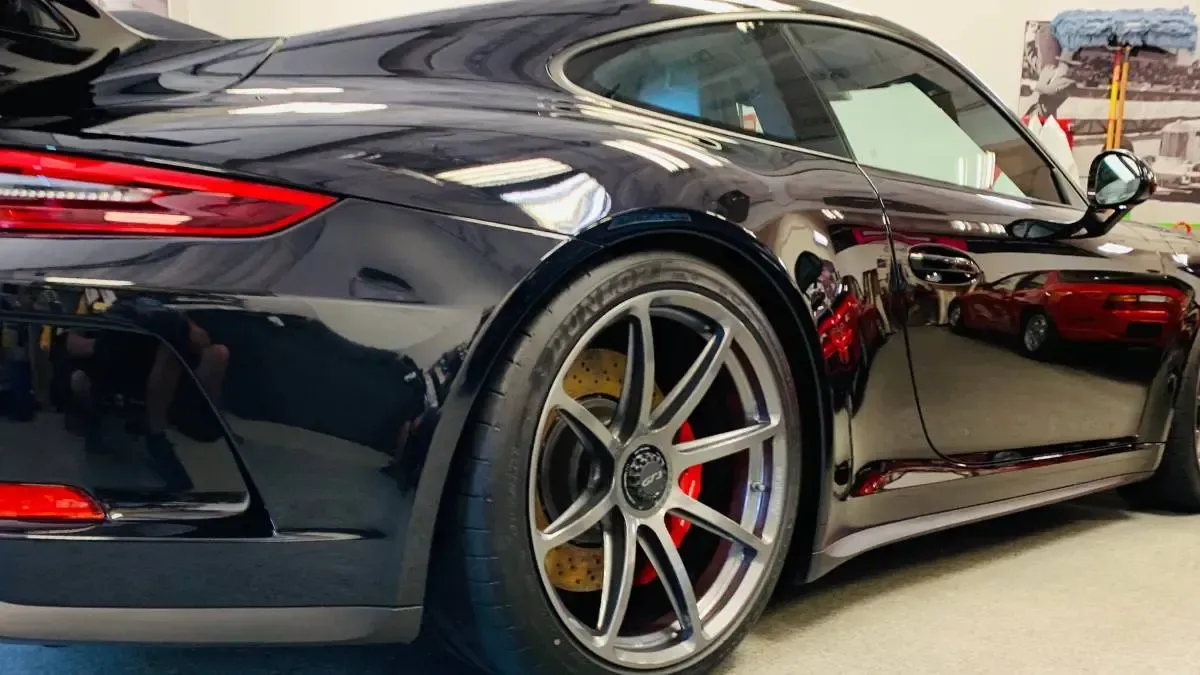
By aligning the application with optimal weather conditions, car owners can harness the full potential of ceramic coatings. Stotties Auto Detailing’s commitment to guiding enthusiasts through this strategic decision reflects its dedication to delivering service and an experience that culminates in a meticulously crafted finish and enduring protection for their cherished vehicles.
CAN CERAMIC COATINGS CURE IN COLD WEATHER?
The influence of cold weather on the curing process of ceramic coatings raises significant considerations for car owners in colder climates. While it is technically possible for ceramic coatings to cure in cold weather, the primary challenge lies in the lower temperatures, which can impede the speed of the curing reaction. The curing process tends to slow down in colder conditions, necessitating strategic measures to overcome these temperature-related challenges.
Acknowledging the hurdles of colder temperatures, Stotties Auto Detailing stands out by employing specialized techniques and leveraging expertise to navigate these challenges effectively. The experienced team at Stotties Auto Detailing recognizes that achieving success in ceramic coating applications during colder weather demands a nuanced approach. This involves a careful blend of precision and strategic interventions to ensure a successful curing outcome despite the less-than-ideal temperature conditions.
By adopting this sophisticated approach, Stotties Auto Detailing demonstrates a commitment to delivering results that transcend weather constraints. Car owners in colder climates can trust the expertise of Stotties Auto Detailing to navigate the intricacies of ceramic coating application, ensuring that their vehicles receive optimal protection and shine, even in challenging weather conditions.
WHAT IS THE BEST TEMPERATURE FOR CERAMIC COATINGS TO CURE?
Achieving optimal results with ceramic coatings hinges on understanding the temperature dynamics during the curing process. The ideal temperature range for efficient curing typically falls between 50°F to 85°F (10°C to 29°C). Within this range, the chemical reactions critical for the ceramic coating to bond effectively with the vehicle’s surface occur optimally, resulting in a hardened and durable finish.
Additional precautions become imperative in colder weather due to the challenges presented by lower temperatures. Stotties Auto Detailing recognizes the intricacies of working in colder conditions. It implements extended curing times and meticulous attention to detail to compensate for these challenges. Leveraging their expertise, the team navigates the nuances of colder weather applications, ensuring that the ceramic coating attains the desired hardness, durability, and aesthetic brilliance despite the less-than-ideal temperature conditions.
This commitment to precision and adapting to temperature variations reflects Stotties Auto Detailing’s dedication to delivering exceptional results. Car owners entrusting their vehicles to Stotties Auto Detailing can have confidence that the ceramic coating applied in colder weather will meet and exceed expectations, providing enduring protection and an aesthetically pleasing finish.

PREMIUM CERAMIC COATING SERVICES IN ELLICOTT CITY, MD
Stotties Auto Detailing in Ellicott City, MD, stands as the epitome of excellence in ceramic coatings. With a steadfast commitment to delivering meticulous craftsmanship, the premium ceramic coating services offered by Stotties Auto Detailing are designed to provide vehicles with the ultimate protection and aesthetic enhancement.
Car enthusiasts seeking top-tier ceramic coating services in Ellicott City, MD can contact Stotties Auto Detailing at (410) 847- 4025 or visit their location at 3220 Corporate Ct STE D, Ellicott City, Maryland 21042. The experienced team at Stotties Auto Detailing is dedicated to ensuring that each vehicle receives the pinnacle of ceramic coating expertise, regardless of the weather conditions.
Curing ceramic coatings in cold weather demands a comprehensive understanding of the intricacies involved. Stotties Auto Detailing excels in this domain, recognizing that the challenges posed by lower temperatures require a combination of experience, expertise, and strategic interventions. In colder climates, the team at Stotties Auto Detailing navigates the complexities with precision, ensuring that each ceramic coating application achieves optimal results.
